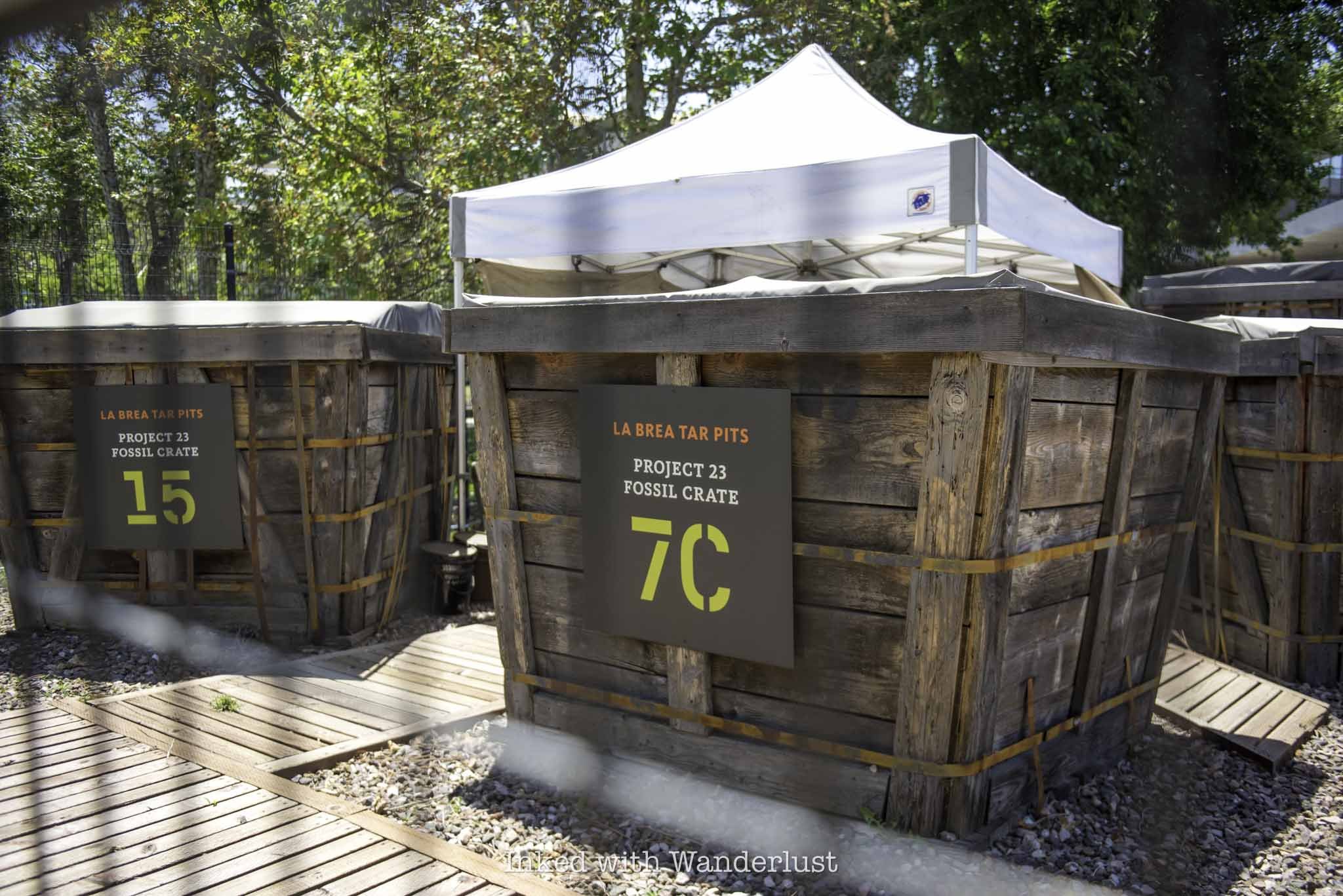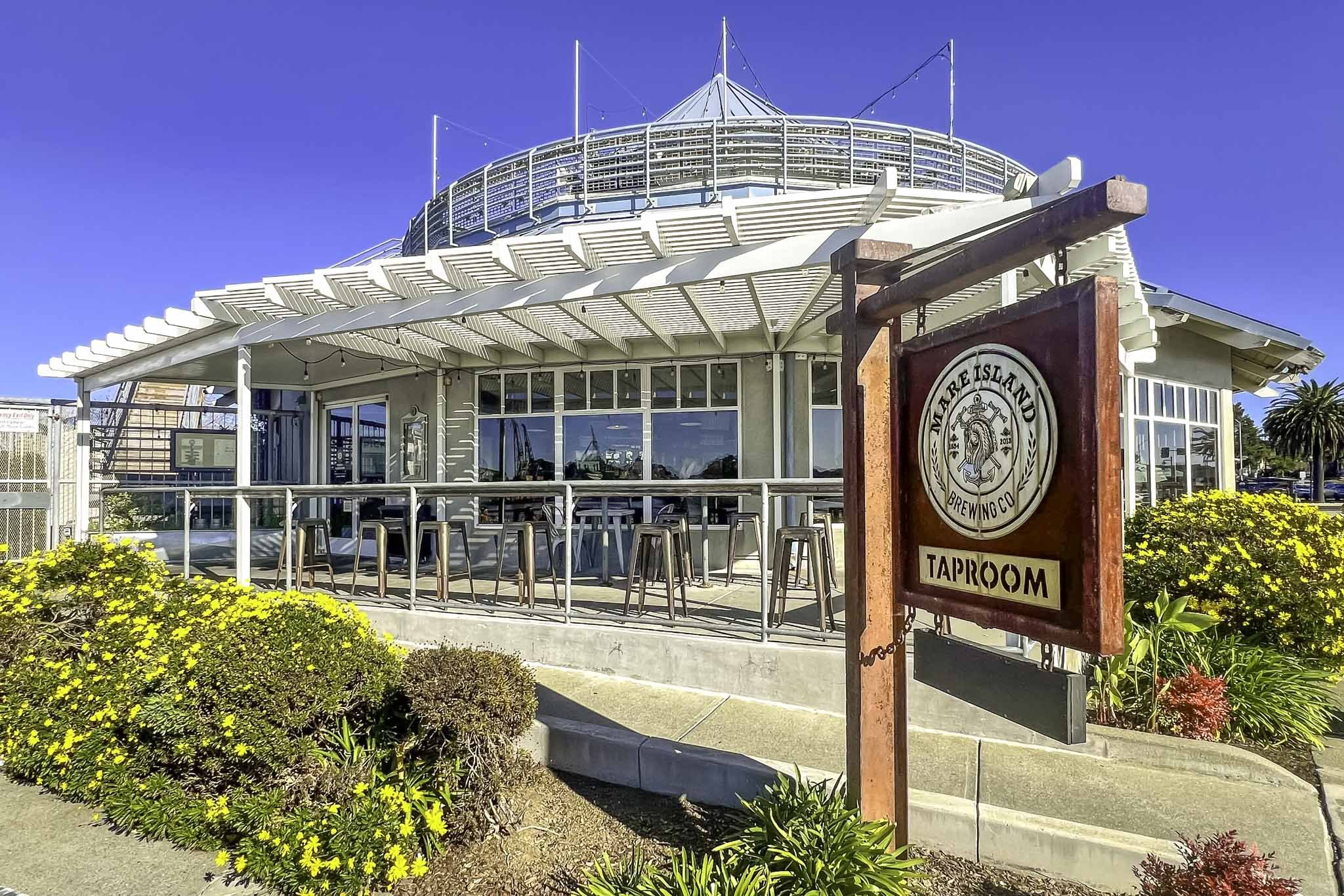The Ultimate Guide to La Brea Tar Pits and Museum
The La Brea Tar Pits and Museum has long been one of the quintessential best things to do in Los Angeles. It’s an active paleontological…
Disclosure: This post contains affiliate links. If you make a purchase through these links, I may earn a small commission at no additional cost to you. I only recommend products or services that I believe will add value to my readers.
The La Brea Tar Pits and Museum has long been one of the quintessential best things to do in Los Angeles. It’s an active paleontological research site surrounded by the urban hustle and bustle of downtown LA.
There are numerous tar pits to see, in addition to the museum which houses hundreds of ice age-era animal fossils that were all found in the tar pits. The pits themselves are believed to be upwards of 40,000 years old!
In this post, I’m going to cover multiple topics about the tar pits and museum. Things such as parking, costs, what to expect, nearby attractions, and more will be discussed in the post below. Let’s get into it!
La Brea Tar Pits Location
La Brea Tar Pits and Museum is located in the La Brea neighborhood district of Los Angeles. The main entrance into the park can be found on the corner of Wilshire Blvd. and South Curson Ave.
However, there are multiple entrances into Hancock Park, which is where the tar pits and museum are located. Additional entrances can be found north of the museum off 6th Street or by the adjacent Los Angeles County Museum of Art.
La Brea Tar Pits Parking
There’s a rather large lot for the La Brea Tar Pits located behind the museum. To get to it, you’ll drive onto South Curson Ave and pull into it from there. When you arrive, get a ticket out of the digital booth and place it on your dashboard.
Unfortunately, parking is not free at La Brea Tar Pits. Parking fees as of spring 2025 at $18 per vehicle. You’ll pay this at the conclusion of your visit and only debit/credit cards are accepted.
There is metered street parking available as well along 6th Street, Curson Ave., and Wilshire. However, tour buses generally take up most available parking on Curson. If you decide to park on Wilshire, keep in mind:
If you’re here Monday - Friday, do not park along Wilshire between 7am and 9am or 4pm to 7pm
If you do, you’ll be cited and towed (even if you’re on metered parking)
You can avoid parking fees all together by utilizing LA’s Metro Line. If you do and show your TAP card to museum staff, you’ll receive a $2 discount on your entrance fee. You can research nearby stations here.
La Brea Tar Pits Tickets
Tickets are only required if you’re planning to visit the museum, which I encourage you to do. In my opinion, it would be an incomplete visit without it. However, if all you want to do is check out the tar pits, parking is all you’ll need to pay.
Ticket prices to the museum are:
$18 - adults
$14 - seniors 62+ and students 13 - 17 (with student ID)
$7 - children 3 - 12
$0 - children 2 and under
Additionally, LA County residents receive free admission Monday through Friday between the hours of 3pm and 5pm. You can purchase tickets on-site or in advance through their website here.
Hancock Park and the Tar Pits
The tar pits and museum begin and end at Hancock Park, a sprawling and ever evolving complex. It was named after George Allen Hancock, a local philanthropist and developer who subdivided the land back in the 1920’s.
I didn’t count them, but there are many pits of varying sizes and you can discover all of them via the paved walking path. Remember that the park, tar pits, and observatory pit (Pit 91) are all free to access.
The main pit (or - “Lake Pit”), the most recognizable of the bunch, is right in front of the museum and is immediately accessible from the Wilshire entrance. You’ve undoubtably seen this pit in movies, TV shows, ads, and more.
Lake Pit is the largest and is a remnant of asphalt mining operations in the late 1800’s. Over time, the pit collected rain and ground water, leaving us with the “lake” we see today. The lake’s sheen, stink, and bubbling comes from a deep underground oil field.
From Lake Pit, you can make your way along the walking path that traverses the park. Along the way, you’ll discover many more tar pits (though none are as large as Lake Pit). Each pit has informational boards posted, detailing their history and what was discovered there.
You’ll also see random areas that are fenced or coned off. These are newly formed tar pits and this is done to protect fossils and other discoveries that could potentially be there.
Are The La Brea Tar Pits Still Active? - Pit 91 and Project 23
One of the most interesting pits is Pit 91. It’s located at the far end of the park and is an active fossil dig with visible fossils in the ground. They first dug into Pit 91 in 1915 and have since found numerous animal fossils here. These include:
73 Saber-Toothed Tigers
56 Dire Wolves
16 Coyotes
12 Ancient Bison
13 Western Horses
6 Ground Sloths
6 Giant Jaguars
4 Short-Faced Bears
2 Yesterday’s Camels
1 American Mastodon
As you can see, the number of predators discovered far outnumber the others. This was common at the tar pits, as animals like Ancient Bison and Western Horses went to the pits for water, not knowing the danger.
As they drank, they would become entrapped in the tar, unable to free themselves and would ultimately perish. Predators then saw what they thought would be an easy meal and ended up stuck in the tar themselves, meeting the same fate.
Shortly after leaving Pit 91, the next special exhibit is Project 23. The “23” is representative of the 23 crates containing the most recent fossils found nearby during construction at the Los Angeles County Museum of Art (LACMA) complex.
Construction crews worked closely with paleontologists, often digging just a foot at a time in order to preserve as many fossils as possible. So far, everything from mammoth tusks to mouse toe fossils have been discovered.
Each day, staff scientists and volunteers work on excavating each of the 23 crates. I didn’t see any new discoveries on my visit, but you might get lucky and see a new mammoth tusk unearthed. Since 2006, millions of new fossils have been discovered from these crates.
Adjacent to the Project 23 display is another tar pit, named Pit 9. It doesn’t look like much now, but this pit stands out as the site where 27 individual Columbian mammoths were discovered, in addition to 10,000 other fossils.
It’s truly amazing to be present in the same space where all of these massive, ancient animals once roamed and ruled. Without this, we would likely never know they were here, judging by the surrounding urban jungle we know today.
La Brea Tar Pits Museum
When you’re finished exploring the tar pits, it’s time to head inside the museum. If you’ve purchased your tickets ahead of time, have them ready on your phone for museum staff to scan.
The museum begins to the left of the ticket booth. As you enter the first exhibition hall, you’re immediately greeted by a large collection of complete and partial animal fossils and skeletons. The first of which you’ll see is a giant sloth and the skull/tusks of a mastodon.
Rounding the corner you’ll come into an open room with many more fossils. There’s also an interactive display giving you the opportunity to find out how difficult it is to escape when you’re stuck in tar.
Simply grab the handle and pull up. The bottom of the handle is submerged in tar. You’ll definitely feel the resistance as you pull as it gives you a good idea of how so many of these animals became stuck.
In this space, you’ll find several examples of mastodons and mammoths, both large and (comparatively) small. Remember Pit 9 where they found 27 of them? Many of them are on display right here.
This includes “Zed”, located near the end of this hall. Zed is the most complete Columbian mammoth skeleton ever discovered at La Brea Tar Pits. It’s about 80% complete, including its skull and both 10-foot long tusks!
Throughout the rest of the museum, you’ll see many more fossil exhibits, interactive displays, and even a working laboratory where you can observe staff scientists and paleontologists cleaning and conserving newly discovered fossils.
One of my favorite exhibits (aside from Zed, of course) is the wall display of the 404 dire wolf skulls. Because they hunted in large packs, dire wolves are the most discovered animal at La Brea Tar Pits, with over 1600 being discovered!
Near the dire wolves skull display, there’s an exhibit on ice age-era bird fossils, as well as complete skeletons of an American lion and saber-toothed cat. You’ll also see examples of large fossils still encased in mud and dried tar.
Beyond the fossil displays and interactive elements, there is a 3D theatre featuring the film Titans of the Ice Age. This is an additional cost of $8 per person. I passed on it, but it’s located at the end of the museum loop if you’re interested.
Additionally, there’s a nice green space in the center on the museum you can walk through. There are multiple entry and exit doors, so just choose one. We waited until the end of the museum tour to check it out.
The Future of La Brea Tar Pits
While the past is on full display at La Brea Tar Pits, they’re also looking towards the future. Depending when you visit, La Brea Tar Pits and Hancock Park could look very different than what you see in the photos above.
The Transformation is a project currently ongoing at the property to not only elevate and modernize what’s already here, but to add to it as well. New outdoor displays, upgraded pedestrian pathway, modernized museum, and more, are coming.
Construction is ongoing, as it was during my visit. Parts of the walking path around the tar pits were blocked off and there was a large structure (pictured below) being worked on. I believe that structure is going to be the new museum.
So when you visit, prepare yourself for the construction. It didn’t damper my experience at all. I’m looking forward to visiting again when this project is complete. You can read further details on it here.
From here, I encourage you to visit the adjacent Los Angeles County Museum of Art (LACMA) complex. Particularly the free, outdoor art exhibits, such as Urban Lights and Levitating Mass. Both have appeared in numerous Hollywood movies.
There’s also the LACMA museum proper, in addition to the Academy Museum of Motion Pictures. If you’re hungry, there’s almost always food trucks present in the area as well. All told, there’s enough in this one city block to keep you busy for a full day.
If you’re interested, read about this classic Los Angeles hike up to the backside of the Hollywood Sign and the summit of Mount Lee. Why view the sign from afar when you can get up close and personal to it?!
PROVERBS 16:9






















































